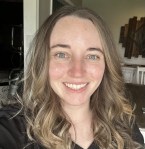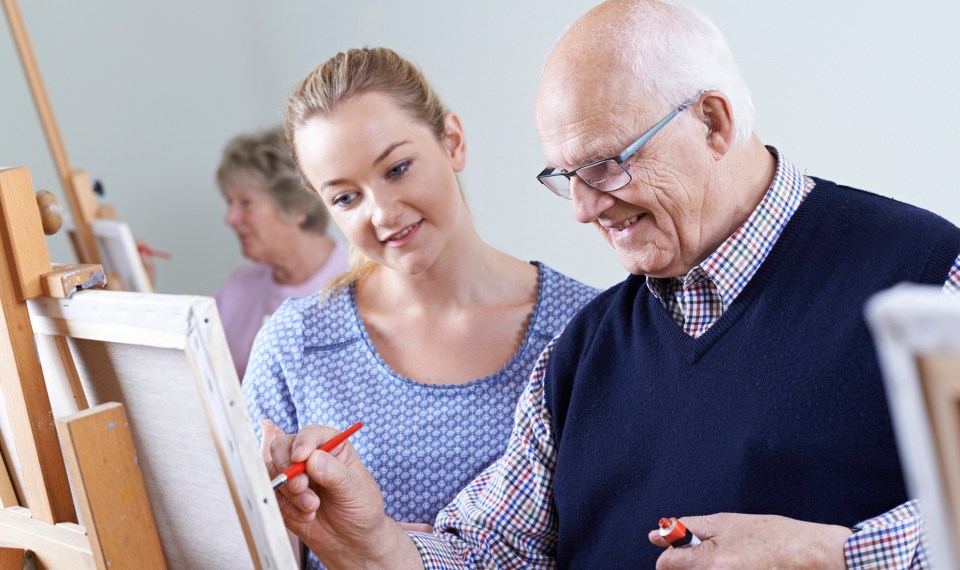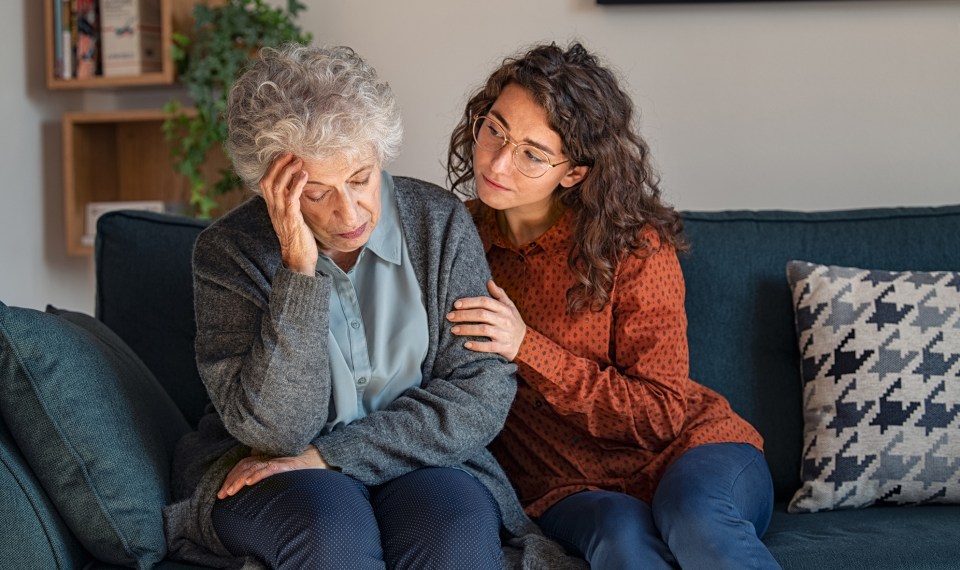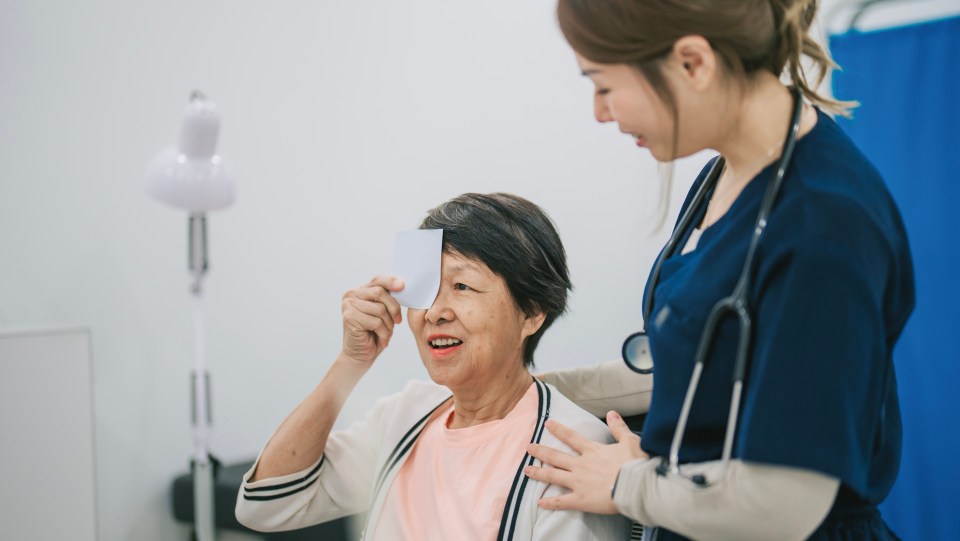Arts-based therapy provides those recovering from a stroke an outlet to express themselves through music, dance or visual arts such as painting. The use of arts-based therapies is beneficial as it facilitates whole-body and mind connection. It also challenges patients who have had a stroke to use their affected limbs.
According to research, patients who have participated in arts-based therapies have reported that it has “increased their self-esteem by creating their own artwork and receiving positive feedback from others.”
Arts-based therapies can also provide patients a time of relaxation and distraction, especially while in the setting of inpatient rehabilitation, where patients are taking part in therapy three hours a day, five days a week.
Overall, the benefits of incorporating arts-based therapies into the treatment of patients include:
- Promoting whole body and mind connection
- Boosting self-confidence and lowering depression
- Enhancing quality of life
- Providing peer support
- Providing a distraction
- Providing an outlet of self-expression for non-verbal patients
What Is Arts-Based Therapy?
According to the American Art Therapy Association, art therapy enriches lives through the use of art making and the creative process. It is not limited to crafts and can include music and dance.
It can be used to improve anything from cognition to self-esteem and emotional support. It is especially effective for those with difficulties with communication and expressing themselves, which is often one of the challenges people have after a stroke.
Ways to Incorporate into Practice
There are a variety of ways to incorporate art-based therapy into your occupational therapy practice. These activities range from visual arts to dance and music. They can be done in a group setting or individually.
While there are professional art therapy degrees and certifications, there are some simple ways all OTs can incorporate art into their practice.
Dance and Music
According to a recent study, the use of rhythmic bilateral movement combined with the use of rhythmic music can be used to “facilitate fluidity of movement during functional tasks.” This can be especially helpful for patients recovering from stroke who have left- or right-side weakness. Examples of ways these can be combined include:
- Drumming group: Patients can drum along to the beat performing unilateral and/or bilateral movements. Patients can use drumsticks or even foam tubing to beat on Bosu balls or a tabletop. This task can easily be graded up and down by having the patient in sitting versus standing positions, proximal weight-bearing through the affected upper extremity or sitting with their back unsupported. Drumming is especially beneficial when performed above 100 bpm so that cardiovascular demands are increased.
- Tai Chi or Yoga: Tai Chi or Yoga movement combined with rhythmic breathing and calming music not only facilitate mind and body connection but can also be used for relaxation purposes. This task can also be easily graded from seated to standing.
Visual Arts
Painting parties are an effective way to incorporate art therapy into your practice. Reach out to previous stroke patients to paint alongside current patients during a “Painting Party.”
Provide each participant with a canvas with wooden frame and easel, a flat canvas to use later, paint brushes, paint, paint pallet, apron, a sound machine for relaxation and any follow-up educational resources such as the American Stroke Association’s Life After Stroke Guide.
During the painting party, participants will have the opportunity to visit with other participants as well as various staff members. At the end of the party, display all paintings so participants and their families and friends have the opportunity to view all the artwork and visit with other stroke survivors from the community.
The content of this site is for informational purposes only and should not be taken as professional medical advice. Always seek the advice of your physician or other qualified healthcare provider with any questions you may have regarding any medical conditions or treatments.




